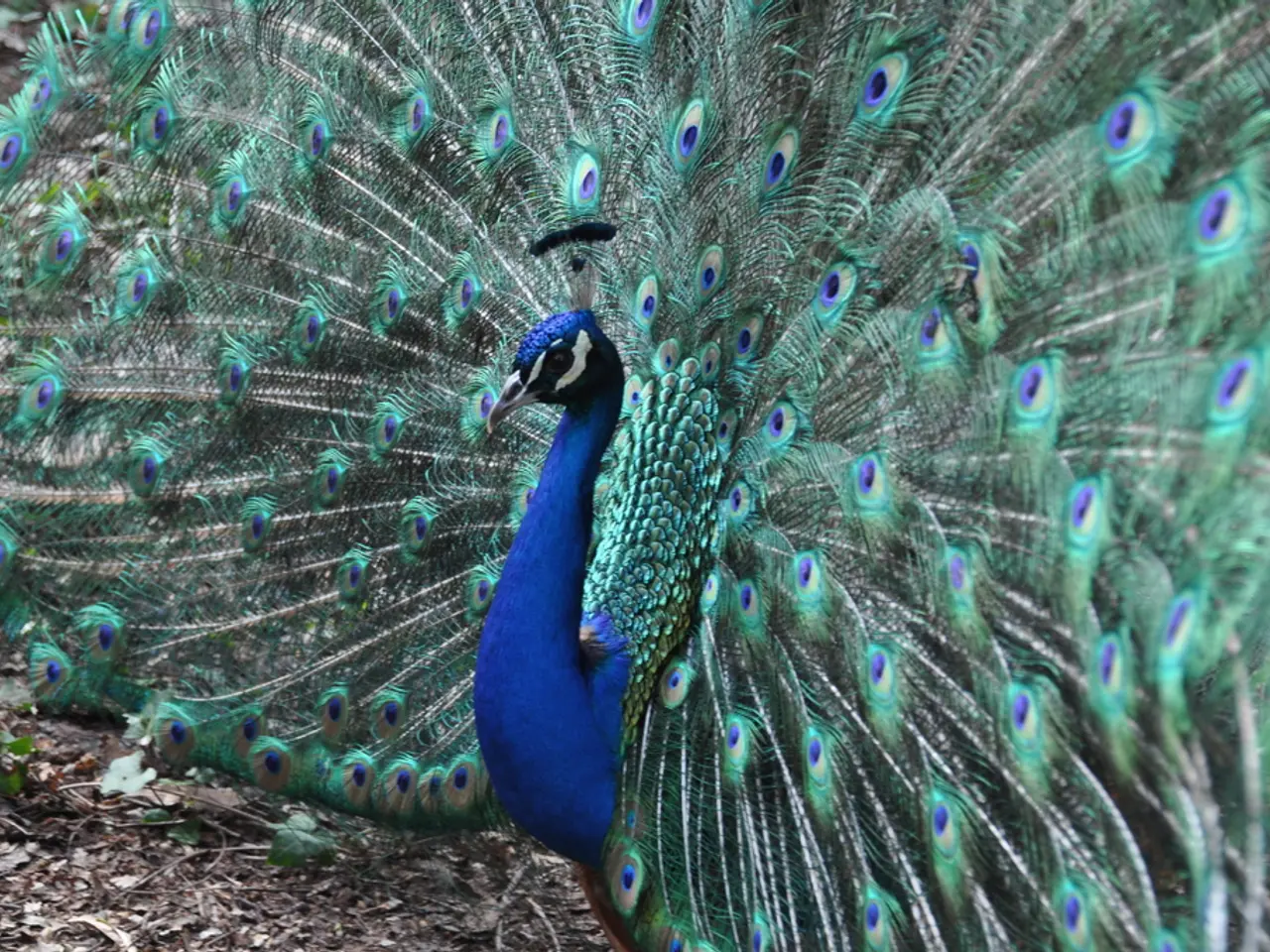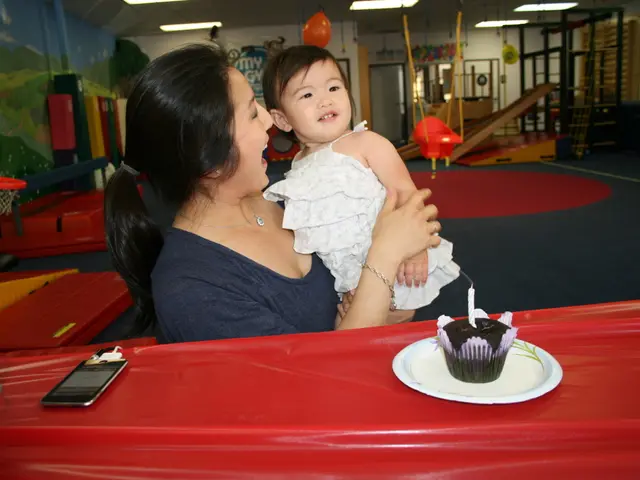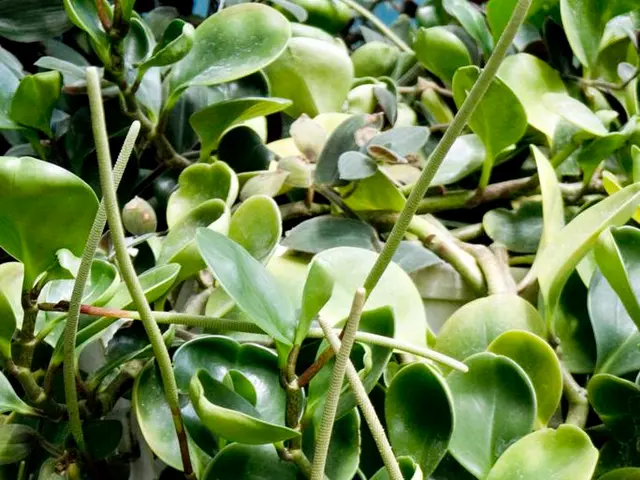Top Gardening Chores for August's Scorching Heat
In the world of gardening, there are numerous tasks to master, and we've compiled a concise guide to help you navigate some common challenges. From dividing bearded irises and harvesting onions to applying beneficial nematodes and saving seeds, we've got you covered.
**How to Divide Bearded Irises**
Divide bearded irises ideally in July to August or immediately after flowering but before the end of August. This practice prevents overcrowding and promotes better blooms. Dig out the entire clump with a spade or fork, trim the leaves down to about one-third of their height, and cut away old, unhealthy rhizomes, keeping firm ones with roots and a healthy fan of leaves. Use a sharp, sanitized knife (dip in a 10% bleach solution between cuts) to separate rhizomes. Plant so the top of the rhizomes is just above the soil surface, amend soil with compost or manure first, water deeply after planting, and fertilize in spring with organic fertilizer.
**How to Apply Beneficial Nematodes to Lawn**
Beneficial nematodes are microscopic worms that naturally control soil pests. Apply nematodes to your lawn during early morning or late evening to avoid UV light, which harms them. Mix them with water as per product instructions and apply evenly with a sprayer or watering can onto moist soil. Keep the soil moist for at least a week after application to help nematodes establish and move through the soil. Ideal timing is when soil temperatures range between 50 to 90°F (10 to 32°C).
**How to Harvest Onions**
Harvest onions when their tops have yellowed and started to fall over, usually mid to late summer. Carefully loosen soil around bulbs with a garden fork and gently lift them out. Cure onions by laying them out in a warm, dry, airy place for about 2 weeks until skins are papery. Store in a cool, dry, well-ventilated spot.
**How to Save Seeds from Flowers and Vegetables**
Allow flowers or vegetables to mature fully on the plant until seed heads or pods dry and turn brown. Collect seeds by gently shaking or cutting seed heads, then dry seeds completely before storage. Store seeds in labeled, airtight containers in a cool, dark, and dry place. For many vegetables, seeds saved from heirloom or open-pollinated varieties maintain true-to-type plants next season.
**How to Plant Autumn Greens**
Choose cool-season greens such as kale, spinach, mustard greens, or Swiss chard. Sow seeds in late summer to early autumn, depending on your zone, in well-prepared soil amended with compost. Plant seeds shallowly (about ¼ to ½ inch deep) and keep soil evenly moist during germination. Provide some shade if hot weather lingers, and harvest leaves progressively to encourage continued growth.
As always, if you want detailed instructions on any step, please don't hesitate to ask! Happy gardening!
- To enhance your home-and-garden lifestyle, consider learning how to apply beneficial nematodes to your lawn, which are microscopic worms that naturally control soil pests.
- For those who enjoy gardening and are seeking ways to extend their home-and-garden projects, you may want to explore saving seeds from flowers and vegetables, allowing you to grow new plants in future seasons.





